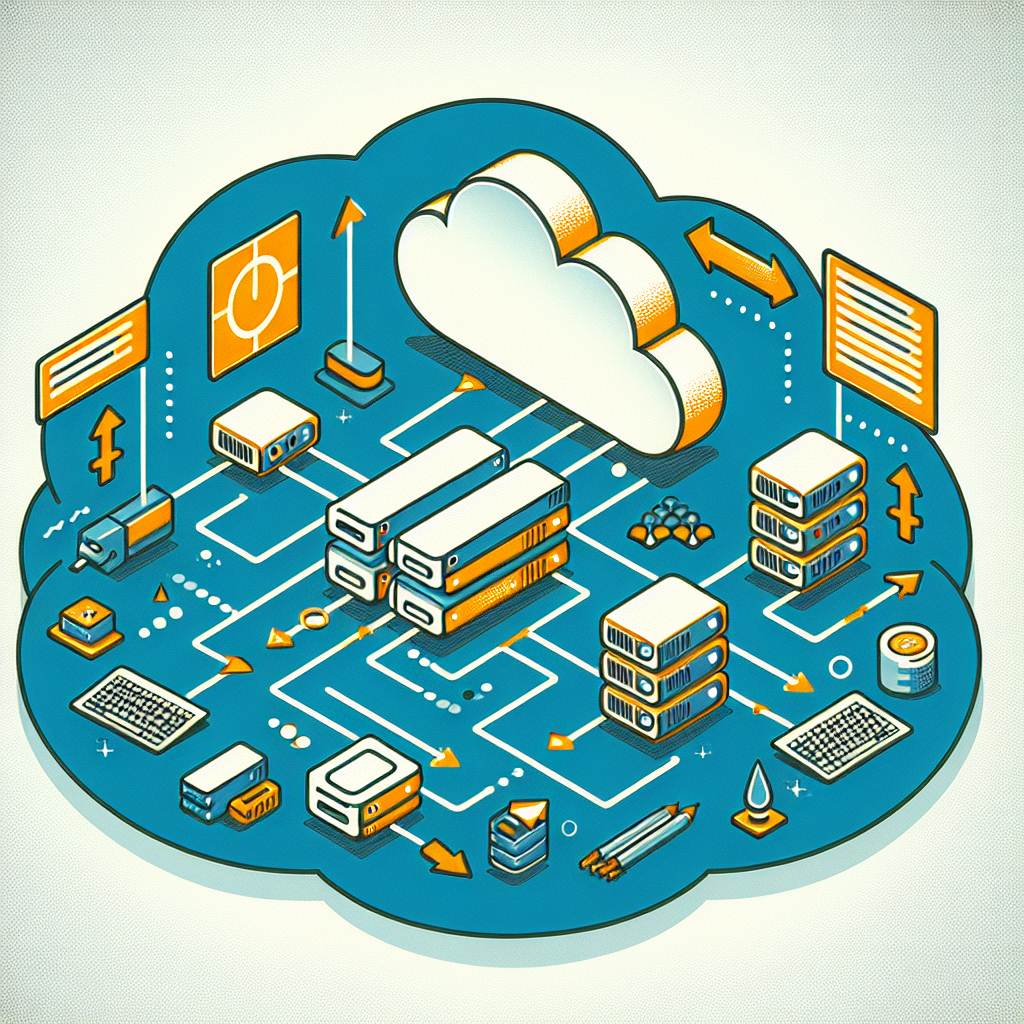AWS Cloud Solutions
-
Cloud Architecture Design & Strategy
- Custom AWS Solutions Architecture: Design tailored cloud architectures based on AWS best practices to meet specific business needs, ensuring scalability, security, and performance.
- Cloud Migration Strategy: Assist in migrating existing on-premises infrastructure to AWS, including application migration, data migration, and re-platforming strategies for seamless transitions.
- Hybrid & Multi-cloud Solutions: Implement hybrid cloud solutions combining on-premises data centers with AWS and integrate multi-cloud strategies for enhanced flexibility and availability.
-
Infrastructure as Code (IaC) & Automation
- AWS CloudFormation: Automate the deployment and management of AWS resources using CloudFormation, enabling infrastructure to be treated as code for repeatability and version control.
- Terraform & Ansible: Leverage tools like Terraform and Ansible for provisioning and managing AWS resources across environments using infrastructure-as-code principles.
- Automated Scaling & Resource Management: Implement auto-scaling policies and optimize resource utilization based on demand to minimize costs and improve performance.
-
Cloud Security & Compliance
- AWS Identity and Access Management (IAM): Design secure access control policies using IAM to ensure that users and services have the appropriate permissions and roles.
- Security Best Practices: Implement AWS security features like VPC, security groups, AWS Shield, and AWS WAF to protect cloud resources from attacks.
- Compliance Solutions: Implement solutions to ensure compliance with industry standards (GDPR, HIPAA, PCI-DSS) using AWS tools such as AWS Config, AWS CloudTrail, and AWS Audit Manager.
-
Serverless Architecture
- Serverless Solutions with AWS Lambda: Build and deploy serverless applications using AWS Lambda, Amazon API Gateway, and AWS Step Functions to run code without provisioning servers, reducing overhead and costs.
- Event-Driven Architectures: Design event-driven architectures using SNS, SQS, and Kinesis for real-time processing and seamless data workflows.
-
Compute & Container Solutions
- Amazon EC2 & Auto Scaling: Design and deploy highly scalable, fault-tolerant infrastructure using Amazon EC2 instances with auto-scaling to meet fluctuating workloads.
- Amazon EKS (Elastic Kubernetes Service): Deploy and manage containerized applications at scale using EKS for Kubernetes orchestration in a fully managed environment.
- AWS Fargate: Simplify container management by using AWS Fargate for serverless container orchestration, allowing clients to focus on application code rather than infrastructure.
-
Storage Solutions
- AWS S3 & Glacier: Implement scalable, durable, and cost-effective storage solutions using S3 for object storage and Glacier for archival data.
- EFS & EBS: Provide elastic file systems (EFS) and block storage (EBS) for applications that require high performance and low-latency access to data.
- Backup & Disaster Recovery: Design backup and disaster recovery solutions using AWS Backup and AWS Storage Gateway to ensure business continuity.
-
Database Solutions
- Managed Databases: Set up and manage relational and NoSQL databases using Amazon RDS, Amazon Aurora, and Amazon DynamoDB for automatic scaling, patching, and high availability.
- Data Warehousing & Analytics: Design data lakes and warehouses using Amazon Redshift, AWS Glue, and Amazon Athena to enable data analysis, transformation, and business intelligence.
- Database Migration: Facilitate database migrations from on-premises to AWS using tools like AWS Database Migration Service (DMS) to reduce downtime and ensure seamless transitions.
-
Monitoring & Analytics
- AWS CloudWatch: Implement monitoring, logging, and alerting with CloudWatch to track infrastructure performance and gain insights into operational health.
- AWS X-Ray: Use AWS X-Ray for debugging and analyzing microservices applications, identifying bottlenecks, and improving application performance.
- Cost Management with AWS Cost Explorer: Use AWS Cost Explorer to monitor and manage cloud costs, helping clients optimize resources and reduce unnecessary spending.
-
DevOps on AWS
- CI/CD Pipeline on AWS: Implement fully automated CI/CD pipelines using AWS CodePipeline, CodeBuild, and CodeDeploy for seamless integration and continuous delivery.
- Container Orchestration with EKS & ECS: Manage containers at scale using Amazon ECS or EKS, with integrated CI/CD pipelines for quick deployment and scaling.
- Automated Monitoring & Logging: Leverage AWS CloudTrail, CloudWatch, and X-Ray for centralized logging and performance monitoring of your applications.
